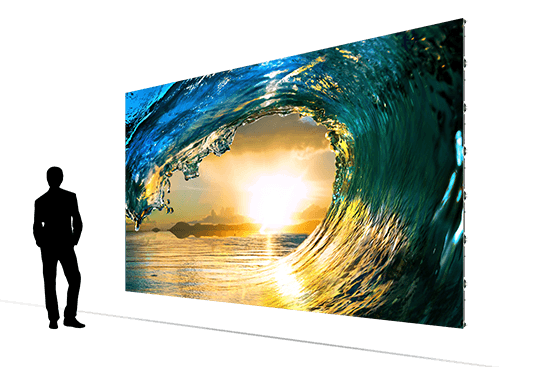Examining the Diverse Connectivity Solutions Offered for Light Emitting Diode Wall Panels
Examining the Diverse Connectivity Solutions Offered for Light Emitting Diode Wall Panels
Blog Article
LED wall units have secured traction for their ability to deliver high-quality visuals in multiple settings, from corporate environments to event venues. One of the most significant aspects of these panels is their connectivity capabilities, which allow users to connect them to different devices and systems. Comprehending the diverse connectivity options available for LED wall panels is vital for maximizing their use and effectiveness. This article explores these options, showcasing how they can cater to various needs and preferences.
One frequent connection method for Light Emitting Diode wall panels is HDMI. High-Definition Multimedia Interface is widely recognized for delivering crisp video and audio signals between components. This connection type is especially beneficial in commercial environments, such as conference rooms or training rooms, where visual content or video content are often displayed. By using digital connectors, users can seamlessly connect laptops, projectors, and streaming devices to Light Emitting Diode wall panels, guaranteeing a sharp and vibrant presentation of media.
Another popular connectivity method is Display Port, which is similar to HDMI but offers enhanced benefits. DisplayPort can support higher refresh rates and display outputs, making it an excellent choice for gaming or design-heavy applications. For those deploying LED wall panels in environments where output quality is critical, such as esports arenas or creative workspaces, Display Port can provide the necessary visual quality. Moreover, many contemporary computers and graphics cards feature Display Port connections, making it a practical option for tech-savvy professionals.
In contrast to High-Definition Multimedia Interface and DisplayPort, wireless connectivity methods are becoming progressively common in LED wall panel technology. Wireless interfaces allow operators to share content without the need for physical cables, promoting a cleaner and more flexible configuration. Platforms such as wireless internet and Bluetooth allow users to connect smartphones, tablets, and laptops directly to LED wall panels without tangled wires. This versatility is particularly beneficial in fast-paced environments like exhibitions or live functions, where quick changes to displays are often needed.
For extensive deployments or more intricate configurations, network connectivity through Ethernet is another viable option. Wired links provide a consistent and reliable way to connect multiple LED wall panels within a system. This approach is suitable for electronic display use cases found in retail centers or transport hubs, where numerous panels may need to display synchronized content across a wide area. By using Ethernet cables and network switches, users can guarantee that all linked panels receive uniform data and content efficiently.
Finally, it's important to consider the future of connectivity with technologies such as USB-C and Thunderbolt 3. These newer connection types offer increased data transfer speeds and versatility check this link right here by allowing one cable to handle both energy transfer and data transmission. As more devices adopt these protocols, Light Emitting Diode wall panels equipped with Type-C ports will likely become more prevalent. This shift in connectivity not only enhances the functionality of LED wall panels but also aligns with the growing trend of minimalism in hardware arrangements by reducing the number of cables required.
In summary, examining the broad interface methods accessible for Light Emitting Diode wall panels uncovers many opportunities for operators across multiple industries. From conventional approaches like High-Definition Multimedia Interface and view website DisplayPort to modern wireless solutions and network connections, each option serves specific functions suited to distinct needs. Furthermore, next-gen technologies like Universal Serial Bus-C offer further developments in how professionals utilize Luminescent Diode wall panels. By grasping these integration alternatives, individuals can make informed decisions that enhance their overall experience with these multifunctional display tools.